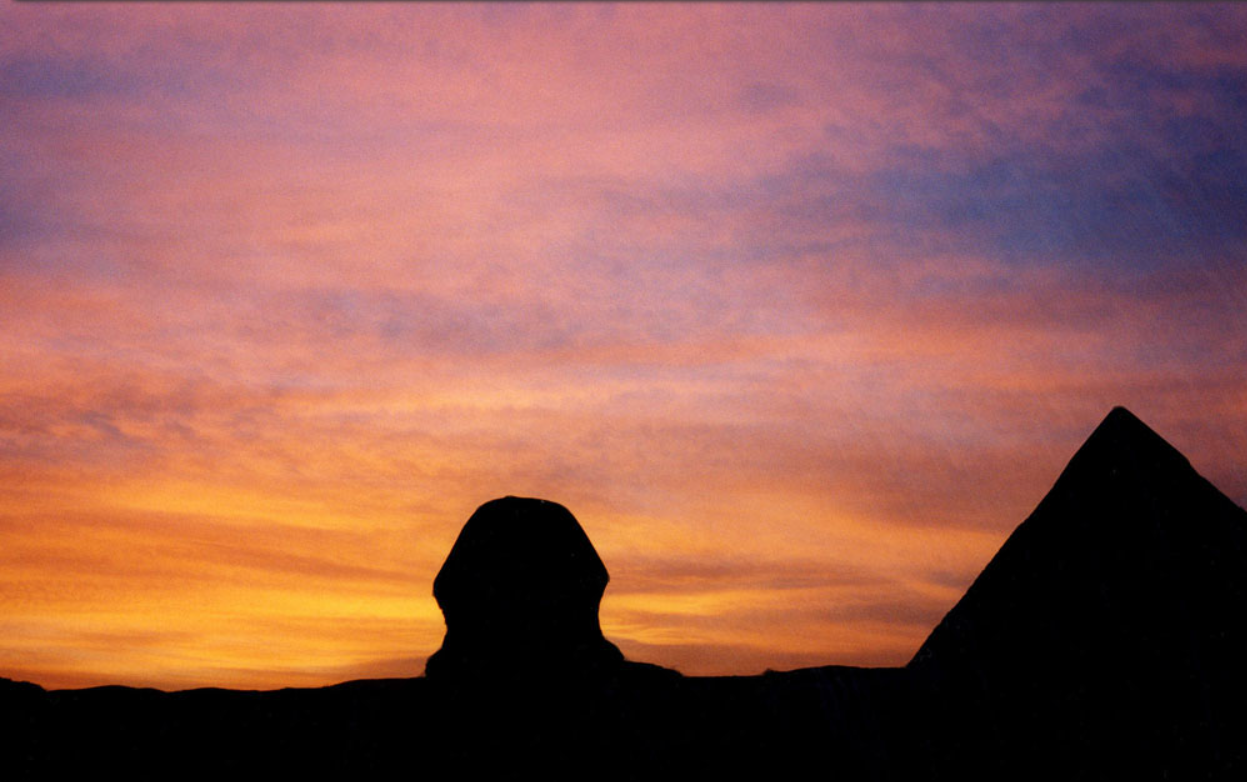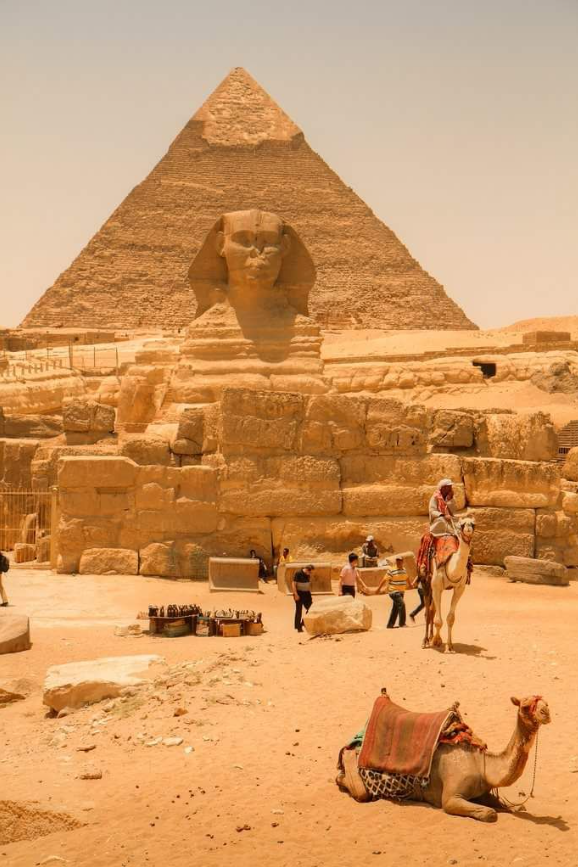The Profound Essence of the Sphinx
Egyptian mythology is rich in symbols and age-old wisdom that continue to fascinate scholars and enthusiasts alike. Among these, the Sphinx shines not merely for its imposing presence but also for its deep spiritual meaning. Rooted firmly in ancient Egyptian beliefs, the Sphinx represents an extraordinary blend of power, knowledge, and celestial guardianship. An in-depth exploration of the Sphinx within the realm of Egyptian mythology unlocks valuable perspectives on the societal values, spiritual practices, and daily lives of the ancient Egyptians.
The Sphinx: Creation and Significance in Egyptian Mythology
In the context of Egyptian mythology, the Sphinx is envisioned as a magnificent creature combining the body of a lion with the head of a human, often that of a pharaoh or a deity. Unlike the intimidating Greek Sphinx, associated with puzzles and riddles, the Egyptian Sphinx conveys themes of guardianship, benevolence, and vigilant oversight. Historically, these statues were frequently located near temples and burial sites, acting as spiritual sentinels designed to safeguard sacred spaces. Texts discovered in ancient temple ruins indicate these majestic forms served as protective entities, defending entrances from malevolent spirits and preserving mystical knowledge reserved for the gods and elite priests.
The Spiritual Dimensions of the Sphinx
The Sphinx bears a multifaceted spiritual significance intricately woven into ancient Egyptian ideology, representing core principles such as:
- Divine Safeguard: The lion symbolizes not only bravery and fortitude but also spiritual guardianship. By standing sentinel before holy sites, the Sphinx functioned as a protector of divine safety.
- Intellect and Sovereign Power: The human aspect signifies wisdom and authority, embodying the divine insight and might attributed to the pharaohs.
- Bridge Connecting Realms: The fusion of human and animal characteristics in the Sphinx denotes a deep relationship between humanity and nature, as well as a link between physical existence and spiritual dimensions.
- Cycle of Life, Death, and Rebirth: The Sphinx is frequently associated with mortality and renewal, tying it to the journey through the afterlife and the eternal promise of life beyond death.
The Great Sphinx of Giza: A Testament to Egyptian Spirituality
A comprehensive study of Egyptian mythology inevitably highlights the monumental Great Sphinx of Giza. As the most renowned and substantial statue of its kind, this limestone marvel has stood watch over the Giza Plateau for millennia, mesmerizing all who behold it.
Solar Symbolism and Ra’s Connection
One significant interpretation connects the Great Sphinx to the worship of the sun. Ra, the sun god in Egyptian lore, epitomizes creation, regeneration, and the daily cycle of rebirth. The alignment of the Sphinx with the equinoxes points to its role as a guardian representing renewal, regeneration, and the timeless vigor of the sun.
Pharaohs as Divine Rulers: A Symbolic Representation
In Egyptian tradition, pharaohs were often seen as earthly representatives of the divine. Many scholars suggest that the Great Sphinx symbolizes Pharaoh Khafre, reinforcing the concept of divine kingship. The amalgamation of human wisdom and lion strength enhances the portrayal of the pharaoh’s authority and eternal safeguard over the land.
Sphinx in Ancient Texts: Insights from History
Ancient documents provide insights into the Sphinx’s essential role in Egyptian folklore:
- Pyramid Texts: Early narratives present sphinx-like figures as supernatural guides safeguarding the pharaoh’s soul during its passage to the afterlife.
- The Egyptian Book of the Dead: This key spiritual manuscript details protective beings resembling sphinxes, who guard souls journeying through the underworld.
- Hieroglyphic Inscriptions in Temples: Numerous inscriptions depict the Sphinx alongside powerful deities, emphasizing its significance as a divine guardian and protector of sacred wisdom.
Intriguing Mysteries and Misconceptions Surrounding the Sphinx
Despite its central role in Egyptian mythology, the Sphinx is enveloped in intriguing mysteries and misconceptions:
- Distinguishing Between Greek and Egyptian Symbolism: Many tend to confuse the Greek Sphinx—known for its riddles—with the more benevolent Egyptian version.
- Debates on Age and Purpose: Scholars continue to explore the precise age, original function, and the identity of its creator, adding layers to its enigmatic allure.
The Contemporary Spiritual Resonance of the Sphinx
In today’s world, the symbolism of the Sphinx resonates with those seeking spiritual understanding and personal development. It personifies themes such as:
- Harmonizing intellectual prowess with primal instincts.
- Offering protection from negativity and spiritual threats.
- Providing insight to navigate life’s complexities.
Modern spiritual practices frequently integrate Sphinx imagery into meditation, helping individuals connect with their inner strength and wisdom.



